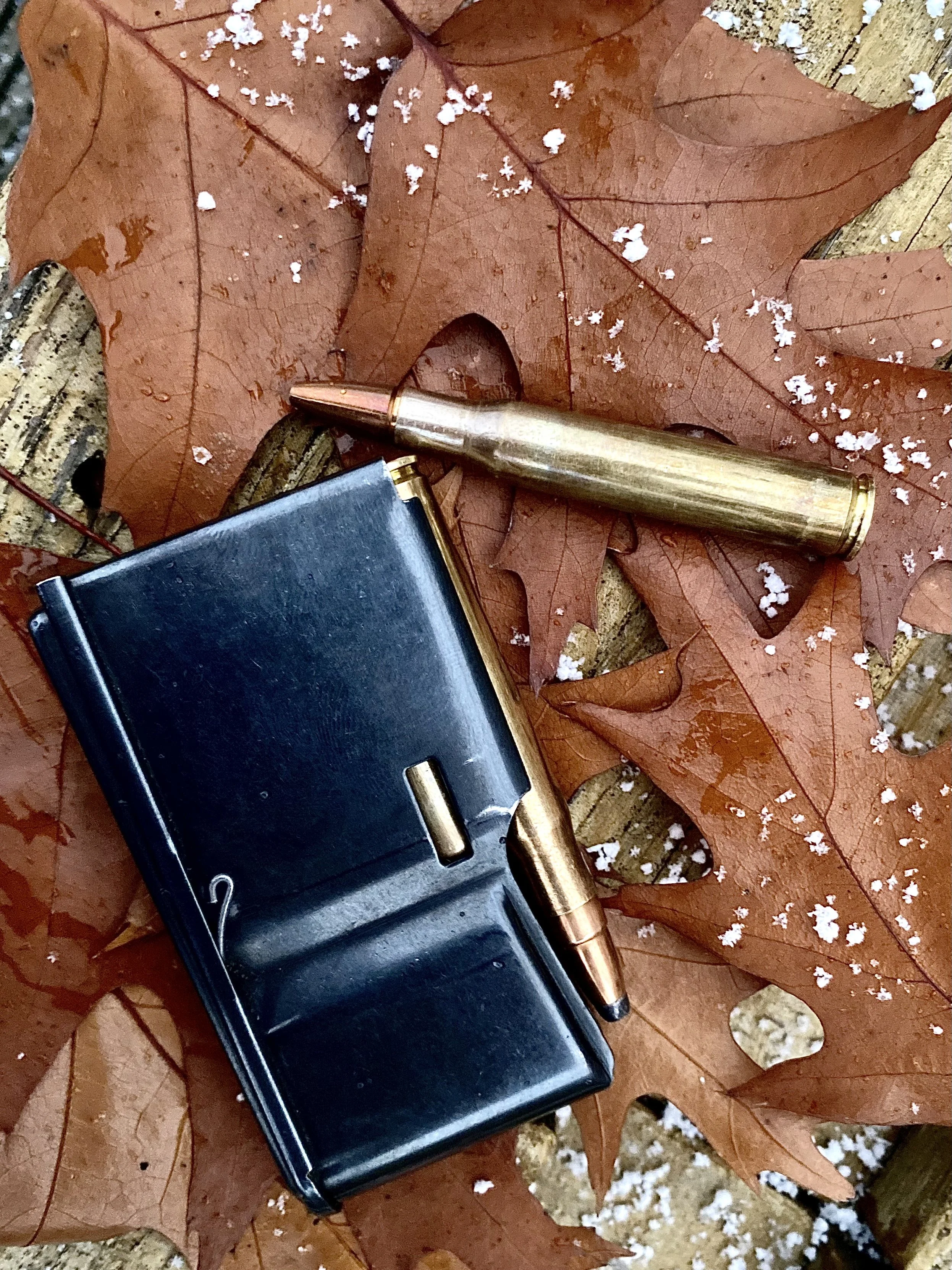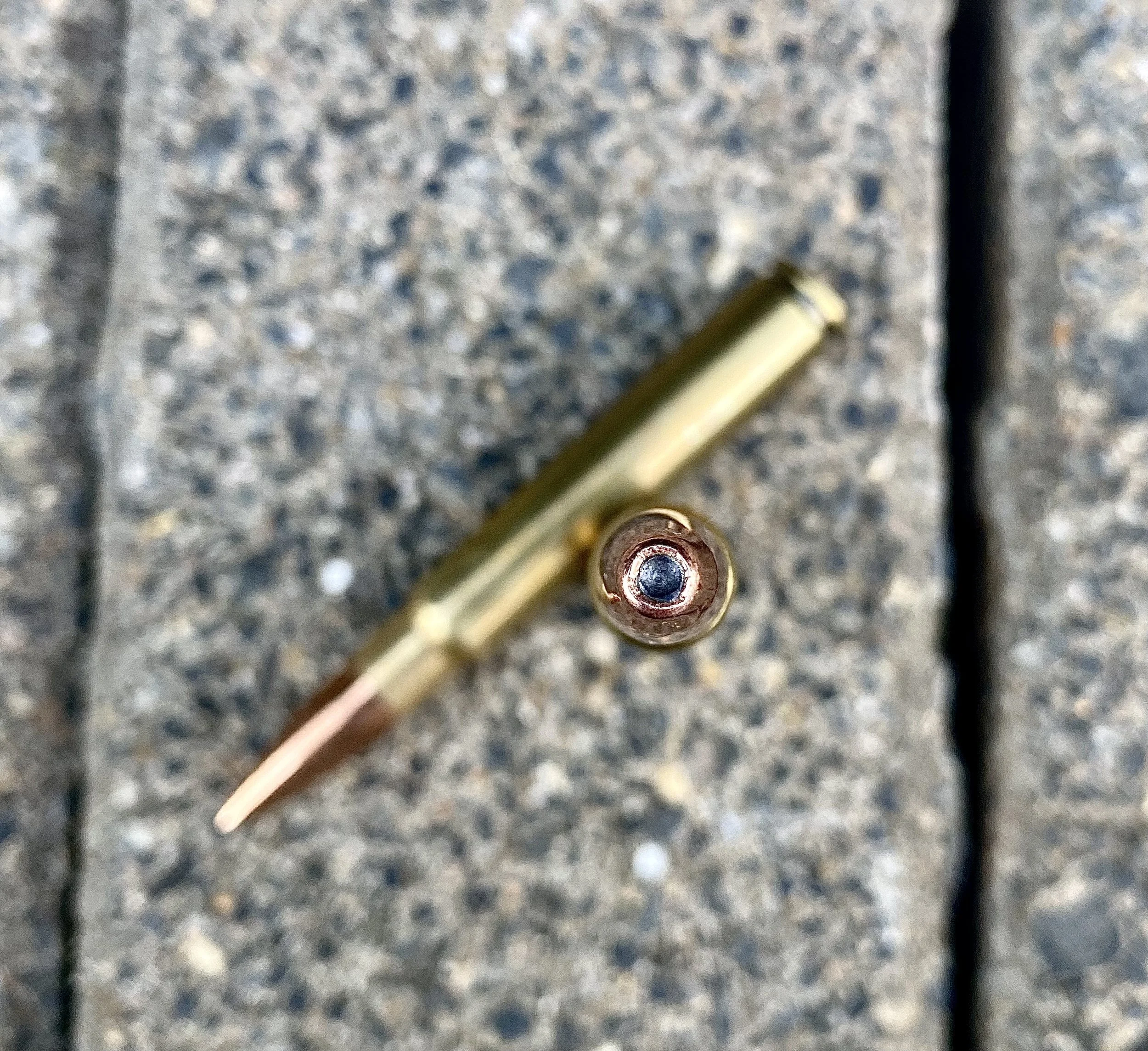Porro Prism Binocular a Best Buy
Pity the poor Porro prism binocular. Out of fashion despite superior performance.
That’s right, the old Porro can outperform the sleekest new roof prisms with two eyes tied behind its… er, I mean, taped shut. Not really. But it can give you equal performance for about half the cost. Let me repeat that: A Porro prism binocular can equal or exceed the optical quality of same-size roof prisms for A LOT less money. (This earlier post explains how you can spend too much or too little for a good binocular.)
Wonderful, you say, but what’s a Porro prism? I’m glad you asked…
Porro Prism Binocular vs. Roof Prism and Field Glasses
As many, but not all, hunters know, binoculars are built around two basic prism systems, Porro and roof. Prisms are big chunks of glass inside each binocular barrel. They are there to erect the image, which emerges from the objective lenses upside down and backward. But they do something else that is essential for comfortable carry and viewing: they shorten the instrument. By bouncing (reflecting) the image (light) from glass surface to surface several times, prisms extend its travel, and that increases magnification. Without prisms, a 10X binocular would have to be about 20 inches long (the length of a 500mm telephoto photographic lens, which has a magnification of 10X) and, technically, wouldn't be a binocular at all, but "field glasses."
Even though many of us use binoculars and field glasses interchangeably, each is its own animal. Take away prisms and two telescopic tubes joined at the hip are properly called a “field glass.” Add prisms and the shorter instrument is called a “prismatic binocular.” The “bi” in binocular means two, thus the word binocular means “two-oculars.” You’d think, in this age of computers and binary code, folks would catch on to the “bi” and quit saying “pair of binoculars,” which is either redundant or referencing two binoculars. Not many people bird, hunt or hike with two binoculars slung 'round their necks, yet they keep talking about their “pair of binoculars.” You and I, however, know better.
But I digress. Italian Ignazio Porro invented Porro prisms in 1850. Roof prisms didn’t come along until the 1960s, but the inventor of those wasn’t Mr. or Ms. Roof. Some engineer at Zeiss or Leica came up with them. Roof refers to the roof shape of two planes of the glass, whichyou’ll never see unless you dismantle a binocular. The important thing to know about roof prisms is that they are more compact and rugged than an equal Porro prism binocular. The important thing to know about Porros is they have complete internal reflection. This means they don’t require a mirrored surface. A mirror adds cost and decreases “light throughput” slightly.
To equal the light throughput of an equivalent Porro binocular, a roof prism unit must include a dielectric mirror plus something called phase coating, which Porros don’t need. You begin to see why there’s a cost difference?
Porro Prism Binocular Advantages
There are other advantages in a Porro prism binocular. Because there are two prisms in each barrel, one offset significantly from the other, the barrels include a step or dogleg bend. This results in spreading the objective lenses much farther apart than the eyepiece lenses, and this in turn results in more triangulation or stereoscopic effect. The upshot is enhanced depth perception, almost a 3D look. Porro eyepiece lenses can also be spread quite wide or close, making this style the only good fit for folks with extra close or wide interpupillary distance.
It is often claimed that Porros are hard to waterproof, and they may be. Nonetheless, many are sold as guaranteed waterproof, so what’s the big deal? Another knock on Porros is that they are easier to bash out of alignment because the prisms are offset within the barrels. This may also be true, so don’t go around pounding nails with your Porro prism binocular.
Okay, I’m getting excessively facetious here, but to make a point: for too long the Porro prism binocular has been the Rodney Dangerfield of the optical world. It gets no respect. It doesn't deserve this. Honestly, I think the biggest strike against it is its look. That old-fashioned dog leg just doesn’t look cool. It’s not chic like the straight barrels of a roof prism. But, if you can get past that, you can pick up a Porro binocular for around $100 that is the optical equal of most roof prisms selling for $250 or $350.
Leupold's Porro Prism Binocular Best Buy
Leupold’s BX-1 Yosemite waterproof, fogproof, nitrogen-purged, armor coated, Porro prism binocular is a great example of the type. It comes in 6X, 8X and 10X, all with 30mm objective lenses. A 30mm objective is a bit small for 10X, okay for 8X but perfect for 6X. (Read about too much binocular power in this post from 2014) Divide 30mm by 6X and you get a 5mm Exit Pupil. That’s large enough to equal your pupil dilation until 30 minutes, perhaps 45 minutes after sunset. You’ll get all the light your eyes can drink in. During daylight hours you’ll have an extra rim of exit pupil to roam around in for easy targeting and viewing.
Image of the eyepieces and hinge pin of the Leupold Yosemite 6x30 Porro prism binocular showing its power, objective lens diameter and that it is waterproof.
But 6-power? Seriously? Oh yeah, I’m serious. Until you’ve tried a 6X you won’t believe how effective it is at finding game, especially in woods where the extra-wide field-of-view really helps. But even in big, open country 6X does the job. I was once glassing desert deer with a Vortex 6X. My partner was using a 15X atop a tripod. I found more deer with my handheld 6X, which was no big surprise because I was seeing much more area. What was surprising was the detail I was picking out. When he questioned whether a particular buck was a 3x3 or 4x4, I was able to detect 4x4. Only after he carefully double checked was he able to confirm this. That part I can’t explain, but it happened.
Here are other benefits of 6X: easier to hold steady. This Yosemite is 4.6 inches high and just 17 ounces. They won’t strain your neck and you won’t tire of lifting and holding them. At 6X your shakes are not magnified like they are at higher powers. The wide field of view (420-feet at 1,000 yards) is more forgiving when you don’t aim them perfectly at your target. This makes them great for birding and hunting in tight cover, for bow hunters, and for training new users. Yes, you must train to become efficient at using a binocular effectively. As with riflescopes, maintain your focus on the target and lift the binocular to your eye. Do not refocus on the eyepiece.
Leupold guarantees this Yosemite for life. If the binocular doesn’t “perform as promised, we will repair or replace it for free, whether you are the original owner or not — forever.” That’s what it says on the box. MSRP is $144.99, but Amazon usually has them for closer to $100. Given the $250 to $2,000 prices of today’s roof prism binoculars, that’s looking like a best buy to me. Hey, Father's Day is fast approaching. Maybe you could give the old Pop a best buy optical tool he'll long treasure. Here's the Amazon link.
Porro binoculars in many sizes are also offered by Steiner, Bushnell, Alpen, Vortex, Nikon, Kowa and many other brands. Shop around and I’ll bet you’ll find a Porro prism binocular that will fit your eyes, your hands, your optical needs and your budget.
Ron Spomer tests binoculars, riflescopes and spotting scopes and reports on them for a variety of publications such as Sporting Classics, American Rifleman, Sports Afield and Gun Hunter.










